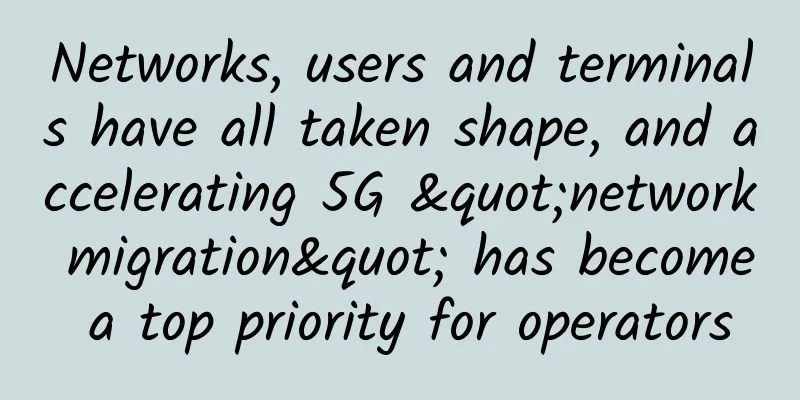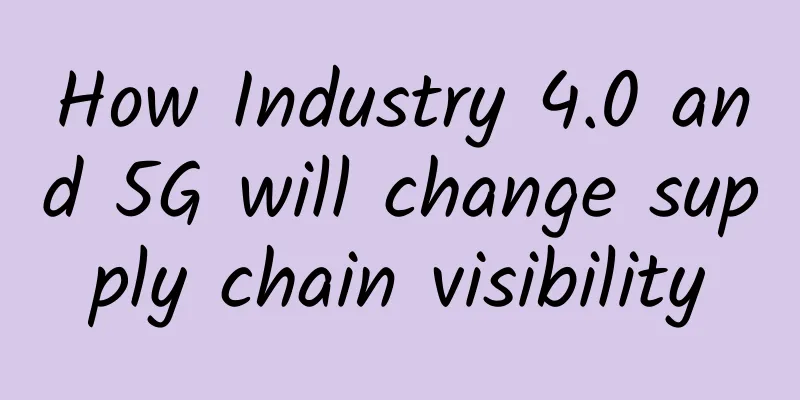5G is coming, but how fast?

|
Wireless networking is truly part of the culture today. Mobile devices and networks have become part of the way things are done, in business and personal life. So when a new generation of wireless technology emerges, it naturally brings with it a new cycle of publicity and hype, and the promise of a new wave of innovative services, devices, applications, and of course, revenue. The emergence of 5G as the next evolution of wireless networking is no exception.
The clearest sign that 5G is coming was when phone makers began announcing their 5G-enabled devices. Samsung, one of the global market share leaders, launched its first 5G phone more than a year ago and announced its second-generation product earlier this year. It's also hard to miss the 5G ads from the major wireless carriers, all of which claim their networks are the best in 5G. But are they really that good? Gunter Reiss, vice president of global marketing at A10 Networks, said that's not the case, and there's still a long way to go before 5G can achieve coverage comparable to 4G. "I think we will see 5G coverage in the largest cities in the next three to four years, because that is critical for the applications that operators want to monetize," he said. "For the big cities it might even take two to three years, but in Germany, for example, it could take up to eight years." Why so long? Of course, any new network build takes time and requires a significant investment of time and resources. In fact, according to respondents to a recent survey on the state of 5G by A10 Networks (conducted by BPI Network), these are the biggest immediate challenges facing the rollout of 5G. The top three include:
Not surprisingly, security tops the list of challenges (just behind cost), as 97% of operators also believe that 5G will increase security requirements for their networks due to increased traffic, more connected devices, and especially the growth potential of IoT in a 5G world. In fact, only network coverage was rated as a “very important” issue by more operators, reflecting the cost challenge. Part of the question is whether operators are pursuing a standalone 5G strategy or piggybacking their existing 4G core infrastructure for non-standalone (NSA) deployments. Leveraging existing infrastructure can save costs and time, but it also has its drawbacks. Most importantly, the low latency required for certain 5G real-time applications is impossible without standalone (SA) infrastructure. “In a hybrid 4G/5G environment, you can’t deliver an SLA of just a few milliseconds of latency, which is really the holy grail,” Reiss said. “For example, autonomous vehicles, smart city applications, new healthcare applications can move into the realm of real-time application environments.” When it comes to standalone 5G, operators vary widely in their approaches, which helps explain the extended outlook for widespread 5G rollout.
Enterprises that will initially move directly to standalone 5G, or at least actively plan to join it, may have a longer path to revenue, but their standalone infrastructure should position them well to scale up quickly. On the other hand, enterprises that are not yet ready for standalone networks may find themselves struggling to meet the needs of enterprise customers, which will be one of the key revenue opportunities for 5G. “In the past, 90% of 4G revenues came from mobile broadband users. This will change and the enterprise opportunity is certainly large. It’s not just an extension of 4G because there are new applications and use cases that 5G will drive,” Reiss explained. A major part of the 5G model will include mobile edge cloud, which will not only help solve latency issues, but will also drive partnerships between operators and cloud providers. We are already seeing the beginnings of these relationships, with AT&T and Verizon both working with Microsoft, AWS, and IBM for 5G. Almost every respondent (99%) believes that mobile edge cloud will be key to delivering on the promise of 5G, while 35% believe they will have mobile edge by the end of the year. “The ultimate battle for dominance is what it is,” Reiss said. “To achieve the communications latency that we need, it’s not just 5G standalone networks, it’s the combination of public cloud and mobile cloud that the operators are building.” This is an opportunity to get closer to the end user, but more importantly, this is where operators can target the enterprise. Enterprises are already using AWS or Azure or Google Cloud, so the relationship between operators and cloud computing providers gives operators a natural entry point into the enterprise as they move toward the edge of the network. If they were to install a mobile edge computing platform on every base station they operate, the provider would gain huge leverage in the enterprise space. In addition to smart cities, manufacturing, healthcare and other industries that are likely to immediately benefit from 5G deployment, there is of course another major factor – a massive increase in remote work. Most people believe that the coronavirus pandemic has forever changed the workplace and that people will see more permanent remote work, which will drive more demand for wireless access in rural areas to support remote technology. While the survey was conducted before the pandemic, other interactions with respondents indicate that this is an additional driving factor not captured in the data. “The workplace will forever change,” Reiss noted. “We’ll see more work from home environments, and 5G could be a big enabler, including fixed wireless in rural areas and even in some cities. We’ll see more investment and adoption in that space.” It’s clear that 5G will play a role in the consumer market. It’s no secret that mobile usage is on the rise, and people are consuming more content on their mobile devices than ever before. For many, cable TV is a thing of the past, with streaming options now available. However, this is just a glimpse into the future of 5G, as deployments increase and innovation around new applications and services continues to drive revenue models. The enterprise space is really where the revenue growth is going to be, as 5G will drive applications and services across a multitude of markets, including healthcare, finance, manufacturing, smart homes and buildings, smart cities, entertainment and gaming, autonomous vehicles and other in-vehicle technologies, and more. With most operators confident that 5G progress is proceeding as expected, we are on the brink of a new era of wireless connectivity that will bring new capabilities to existing applications and new revenue streams for a host of innovative services that are already being created in incubators launched by various operators. Reiss concluded, “You’re going to see benefits across the board for the developer community, and 5G is the holy grail of low latency, even more than bandwidth and speed. That’s what’s going to allow for these new applications.” [Editor: Zhao Ningning TEL: (010) 68476606] |
<<: What network automation certification options are available today?
>>: 5G, where is the road ahead? Computer experts look ahead to the 5G era
Recommend
Differences between fat AP and thin AP, advantages and disadvantages of networking
1. What is AP? How to distinguish fat and thin AP...
TmhHost Double 11: Japan/Hong Kong/US CN2 GIA high defense 20% off quarterly payment from 79.2 yuan, Hong Kong CN2/Japan CN2 monthly payment from 28 yuan
TmhHost launched a series of promotional plans du...
Jinan High-tech Zone, Inspur and Cisco signed a strategic cooperation memorandum
On the morning of December 4, Jinan High-tech Zon...
TCP network stuff! Three-way handshake, four-way handshake, TIME-WAIT, HTTP 2.0 ....
[[419435]] Hello everyone, I am Tom~ Today I will...
Physical layer security technology for industrial wireless networks
1. Industrial wireless network development and se...
Goodbye 2G, hello 5G
[[403376]] This article is reprinted from the WeC...
Maxthon Hosting: Los Angeles 9929 Line 38 yuan/month-1GB/20G SSD/600GB@200Mbps/Free backup
Aoyo Host (aoyozhuji, aoyoyun) was founded by shy...
iWebFusion: 10Gbps high bandwidth server starting at $149 per month, with 1Gbps unlimited traffic as an option
iWebFusion is a website of H4Y, a well-establishe...
How are the two engines of future digital transformation: connectivity + cloud grounded?
[51CTO.com original article] After the statement...
After rejecting Huawei, 5G development in Europe and the United States is suffering. Netizens: They are reaping the consequences
In order to boycott Huawei's 5G equipment, th...
GET or OUT! These six "hot" IT skills will become a powerful tool for salary increase and job change in 2018
This is the best of times, and also the worst of ...
5G has been developed for three years, why are people still using 4G?
I remember that in 2018, there was a lot of news ...
Differences between Single Mode Fiber and Multimode Fiber
What is Fiber Optic? Fiber optics is a type of ne...
How 5G will change your LAN security
The Local Area Network (LAN) as we know it today ...
Gcore (gcorelabs) Hong Kong VPS simple test
A few days ago, we did a simple test of Gcore'...









